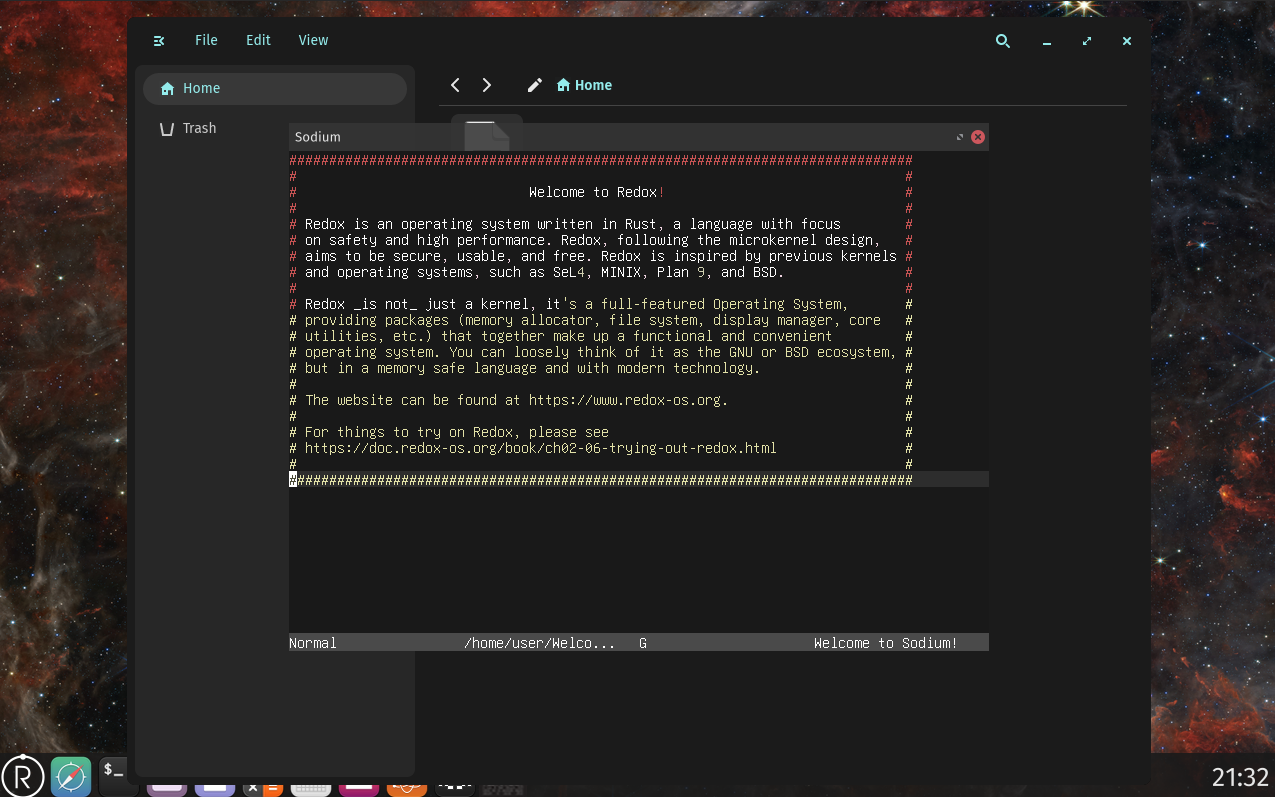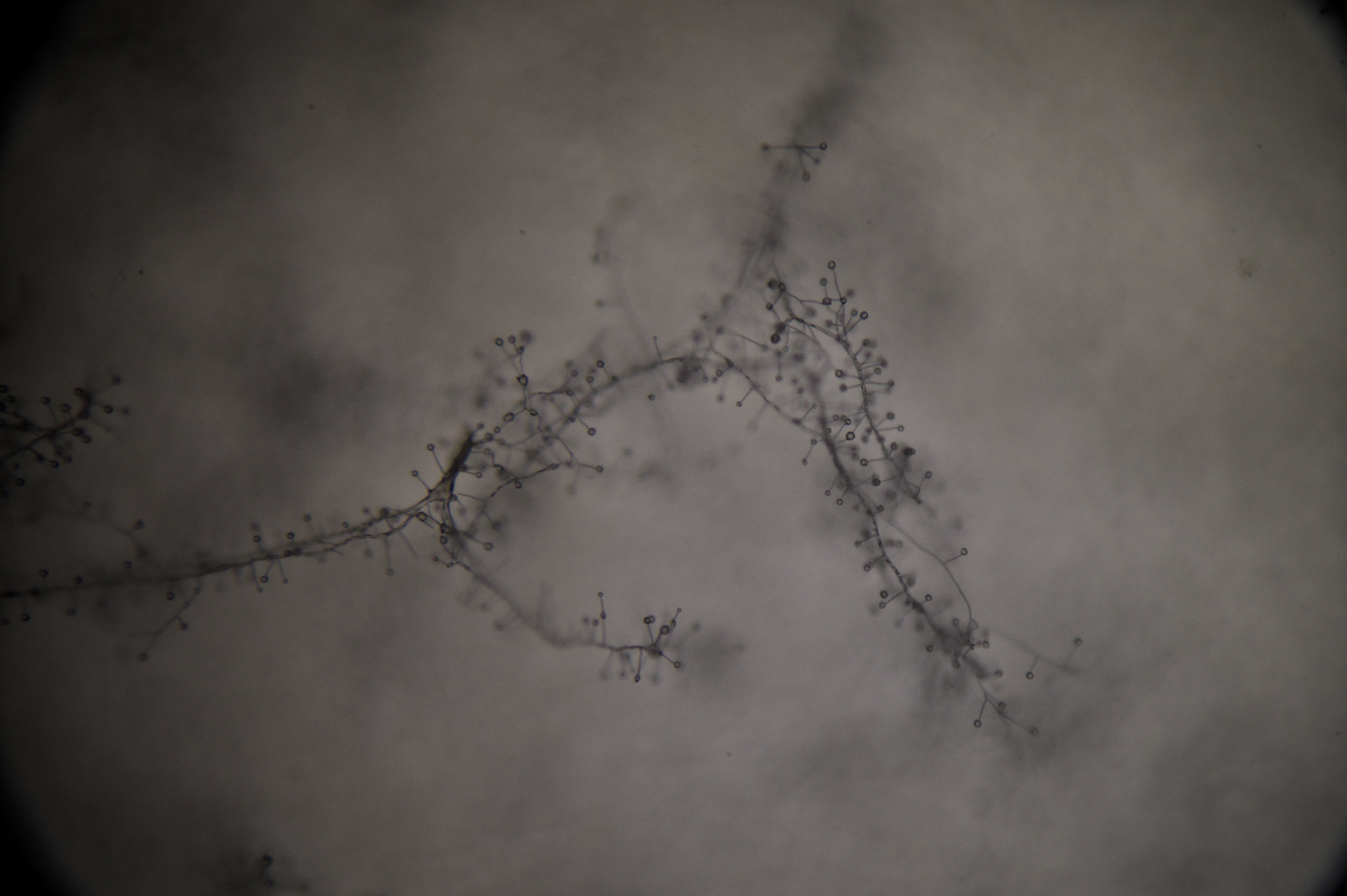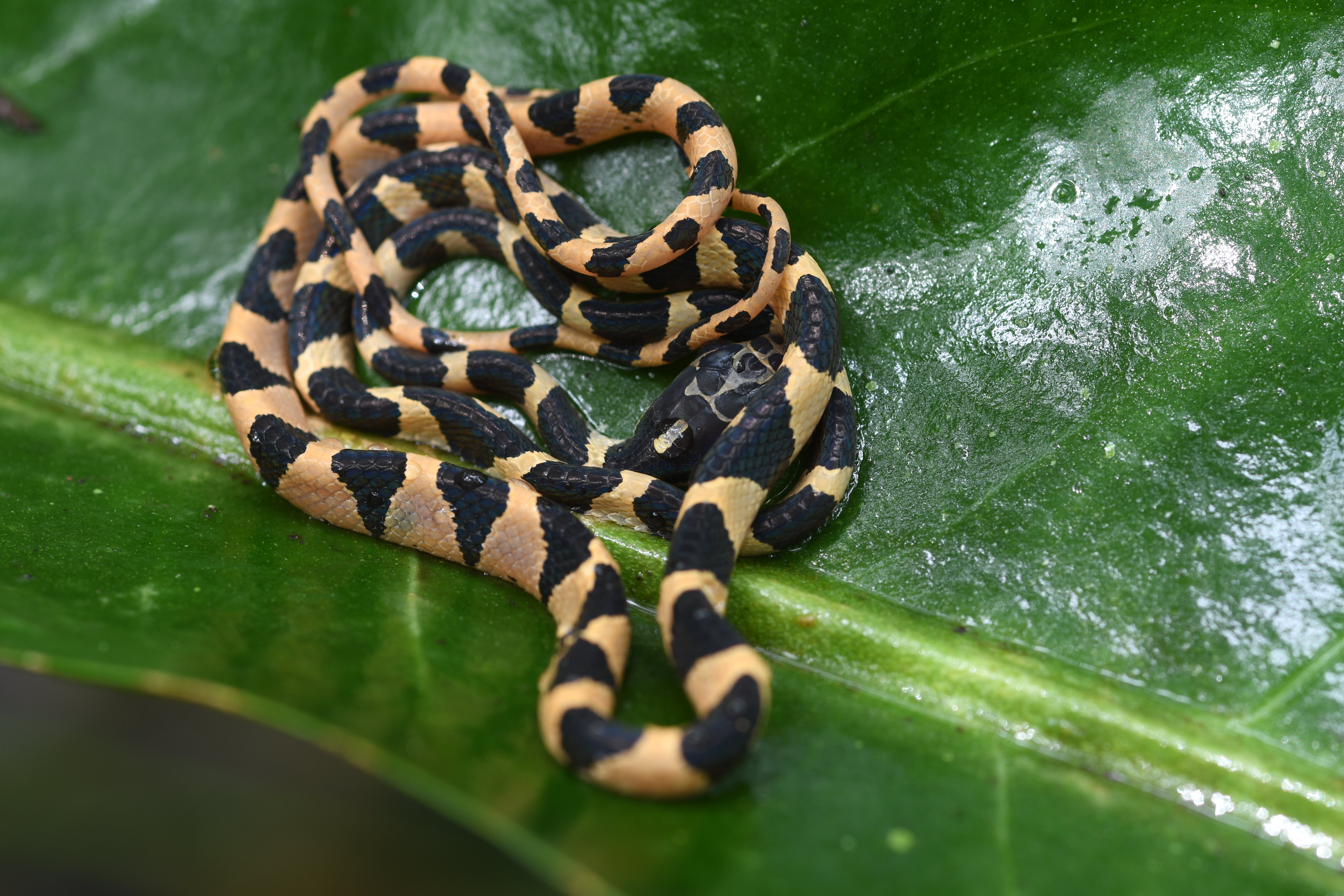Unfortunately the universe consists of mostly empty space and the infinitely thin cut passess between sub-atomic particles, barely tickling the vacuum fluctuations
Sal
In my view, neuroscience may contribute to clarifying questions like:
-
Do all brains support a conscious predictive model (CPM)?
-
Does adaptive behavior in brainless organisms suggest a primitive CPM?
-
What is the relationship between brain and mind?
But deeper questions, such as “What do we mean by mind?” or “Why assume weak emergence?” remain tied to the hard problem of consciousness, which currently lies beyond the reach of empirical science.
In trying to describe promising cognitive models, I buried my main point. I am not arguing that the brain and mind problem is close to a solution, or that science is close to resolving it.
Here is my actual point:
Certain materialist views unintentionally reproduce dualist thinking. Substance dualism claims that the mind exists outside physical law. Materialism, in contrast, holds that the mind emerges from brain activity. But when this emergence is explained only as complexity or undefined processing, a conceptual gap forms: brain -> black box -> mind. This reproduces dualism in practice, even if not in theory.
This gap renders consciousness a passive byproduct. It becomes a new kind of soul, unable to influence the body. A mind without agency.
Predictive processing and active inference models offer an alternative. They describe the brain as a generative system that continuously updates predictions based on sensory input. As summarized in a recent review:
Active inference casts the brain as a fantastic organ: a generator of fantasies, hypotheses and predictions that are tested against sensory evidence.
While these models do not resolve the hard problem, they help remove part of the black box. They suggest that consciousness may play a functional role in these feedback loops. It is not a detached illusion but a process embedded in how the brain operates.
For me, this shift changed how I think about free will. Not because it provides final answers, but because it allows me to see mental acts in a similar way to how I see muscle movement. These acts are constrained by physical laws, but they are still mine.












Haha, I think I have a good idea of why.... When thinking about general photography, common scenes involve many different types of objects of varying sizes and distances. In this context it makes sense to define the "field of view" of a lens in terms of the visual angle, and to think about differences between equipment in terms of a "reference" - that's where the 'crop factor' comes in, when comparing to a 35 mm film as a standard to measure relative to. It is a bit silly to ask a question such as "how many cats can fit into the image that gets projected into the camera sensor?"
When one gets into macro photography things start changing. The distances between the camera and the subjects are defined more narrowly and the size of the subjects one tries to capture is closer in size to the camera sensor's size. In macro-photography you hear about things like a "1:1" lens, meaning that the image of an object placed at a specific distance will be replicated 1:1 at the camera sensor's position. It becomes then meaningful to think about the camera sensor size in absolute sense, because a sensor will capture a scene of its own size (for 1:1). You can still think in relative terms using the crop factor, but it is not as useful to make relative comparisons anymore because the absolute scale is already giving us information that we can work with directly.
For microscopy this trend continues - the distance to the subject is well-defined and we can think in absolute terms about the magnification of the image that gets projected into camera sensor.
I have not looked into this! I am not sure.... I will look it up.
I do have a ruler but I misplaced it and I have not used it in a while. So, not really, I wouldn't say it is "calibrated". I did take some photos of the ruler that I can use to get a good rough estimate if I can find them.